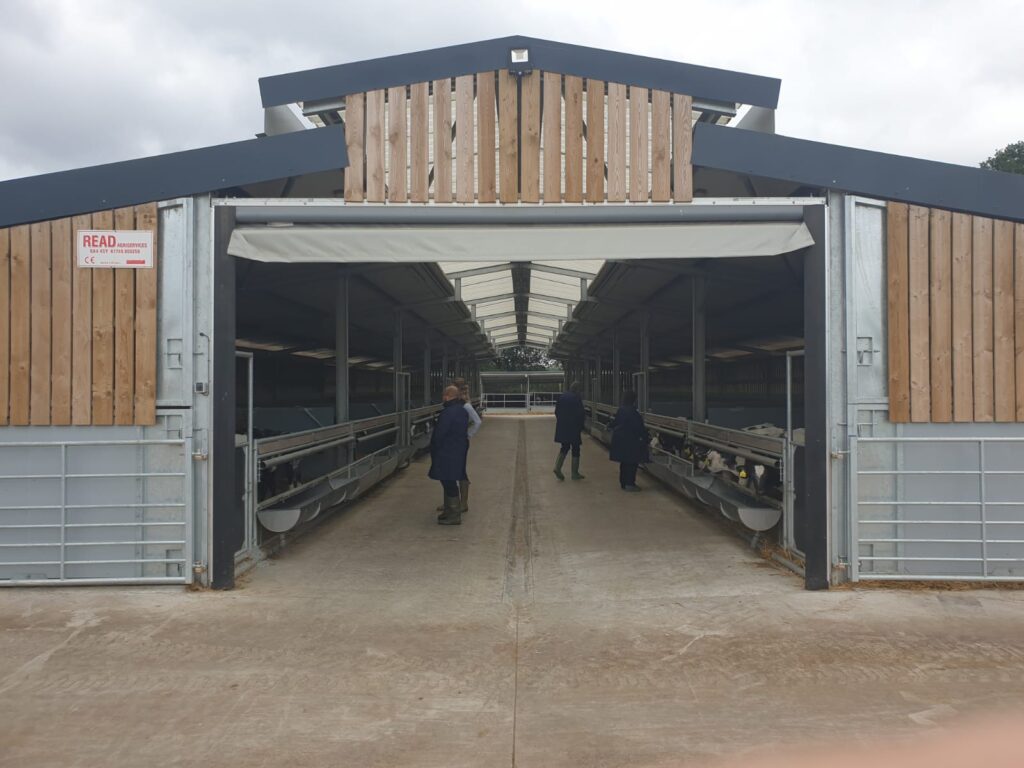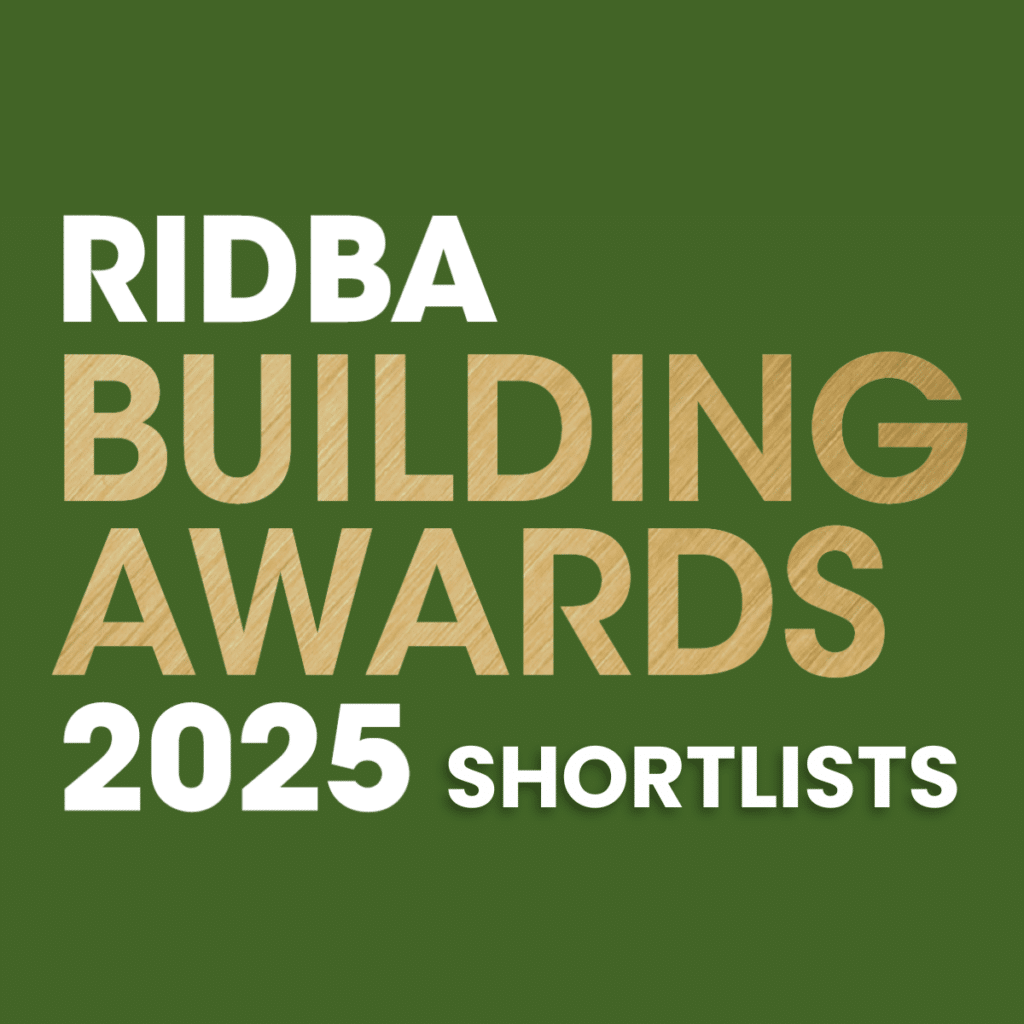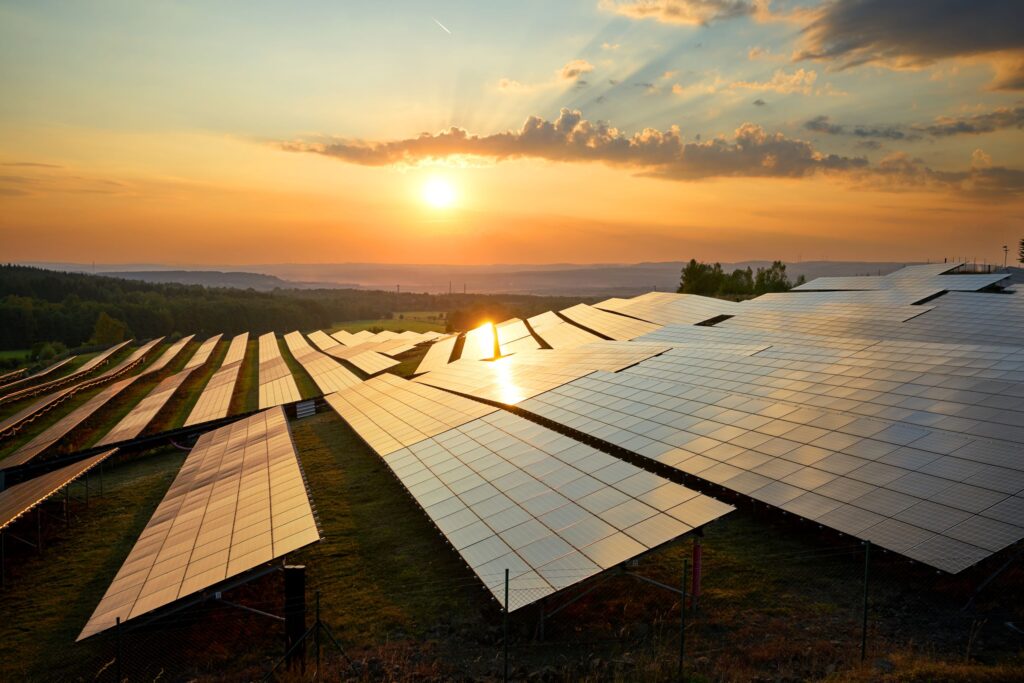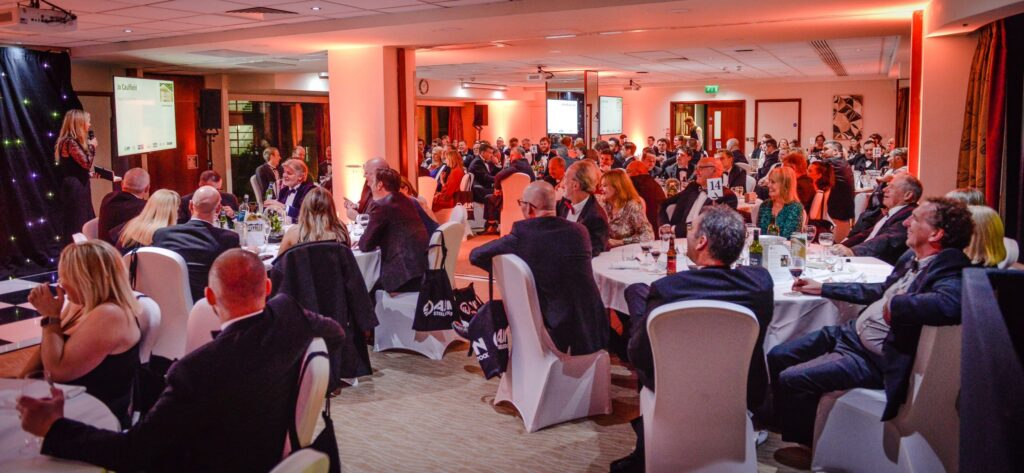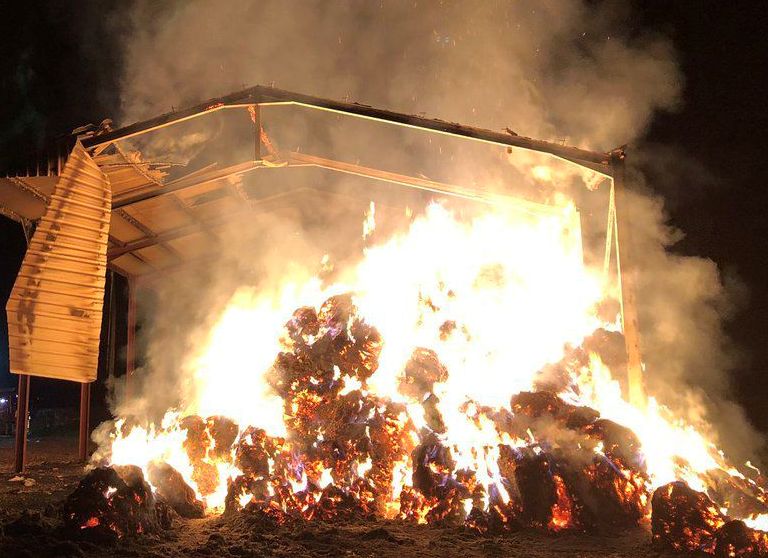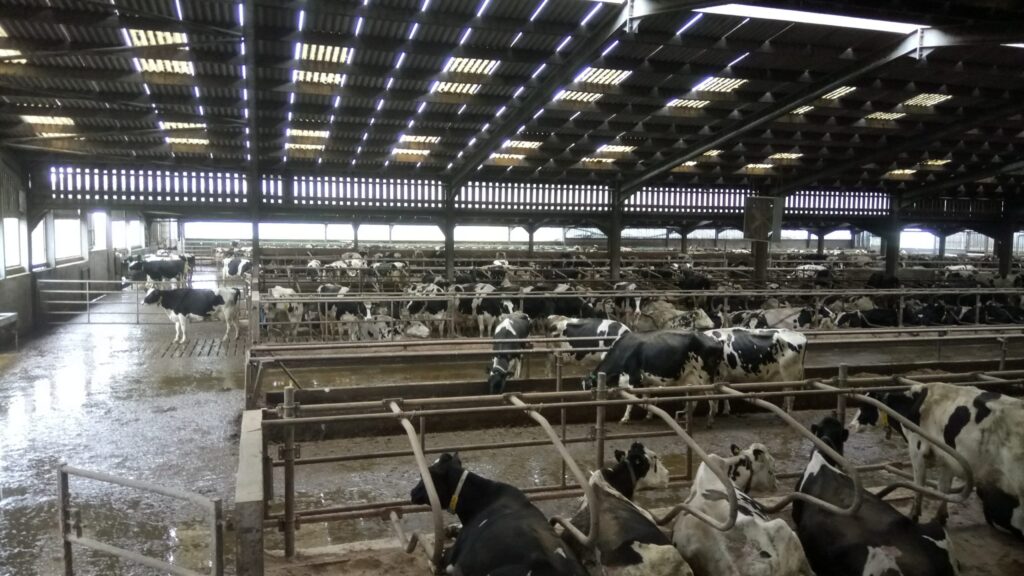The language of late 2021 has a focus on climate change, and how our leaders are going to commit to consumption and investment policies that will make a significant change for the better. The language is not new but is finding a wider usage; re-think, reduce, re-use, recycle. At the same time the global livestock industry is under substantial exposure.
A full-page advert in The Times on November 1, as COP26 started in Glasgow, states: “Our planet is in crisis. The issue of food and agriculture impact needs to form a central part of the discussion and world leaders need to be ready to bring about serious change and, global meat and dairy consumption must be greatly reduced. With typical irony the newspaper also contains a full-page advert for British pork at point of sale for £2 per kilo for bone-in pork shoulder, and £3 per kilo for two other pork products. The CEO of the UK’s biggest poultry producer, along with others, has pointed out the inconsistency in our food market where the price to consumers of a whole chicken is very similar to a high street coffee and its discarded cup and lid.”
Where does this leave the future of the UK livestock industry? Retrenchment and decimation? Regardless of the media stories in their many forms, meat and dairy will continue to be consumed and moved around the globe. If the volume of product was halved and the price doubled, there could be a lot of successful businesses out there, but how to get there?
The UK livestock sector and especially the cattle and sheep sectors are reasonable parallels of the relatively poor average UK productivity levels compared with our European counterparts. The UK livestock sector has world class nutrition, genetics, tech, management and personnel, but the average productivity is dragged down by a very long tail of below average productivity on other livestock farms. On those farms the business performance, however measured, is not sustainable.
A major impediment is lack of investment in infrastructure, and any cries of, “we don’t have the money” need to be directed towards those examples where money has been spent and made. On too many livestock farms the buildings and surrounding infrastructure are outdated and inefficient. Some farms look equivalent to a haulage business in 2021 trying to compete using a Ford Anglia van and a Bedford TK; if you don’t get the image, look them up on the internet and I will have made the point.
Appraisal of investment in buildings should be part of every dialogue on buying or selling a building. Why would a business invest in an asset if it did not improve the longevity and financial returns in that business? The current low efficiency, losses through mortality and morbidity, down grading of product, long hours and unattractiveness of some livestock operations is also an opportunity for an improved future. The suggestion is that we can move the opportunities of the livestock sector to the fore and present the livestock sector to the UK population, the buyers and the planners as a sustainable part of the UK future. But we need to use the correct language.
Investment in buildings and infrastructure will only proceed if the producer, the builder, the lender, and the planner line up the arguments and deliver a convincing plan for investment to go ahead. The building sector has a major role to play in getting the other parties invested in a more sustainable future, not least because many of the other parties do not have the required knowledge to set out a project plan that is convincing to detractors.
Presenting the future of investment in UK livestock
Food conversion efficiency (FCE): Animal feed in; human food out. This is a good place to start. A new build should always improve efficiency of FCE, whether a simple matter of food in, food out, or producing the same quantity of milk, meat or eggs from less cows, sows, ewes or chickens. A standard, measured improvement will be at least +5%, and where current systems are creaking, a lot more.
Carbon footprint: Energy efficiency
A lower feed requirement per kilo of output means less energy at every stage of production; ploughing the land, harvesting the crop, storing the crop, feeding the stock, removing the manure. Calculate the number of journeys per year and any impact from improved efficiencies, and if imported (to the farm) resources are used, number of HGV visits per year. Make sure the planners and any critics are aware of the facts. The meat and methane is only one part of the chain.
Biodiversity
Poor standards of production should not be protected, and that includes livestock. Intensive production and concentration of by-products and effluents are not acceptable today and will be less acceptable tomorrow. There is a substantial opportunity for the livestock sector to reduce diffuse pollution into the environment, but investment is required to achieve that aim.
The positive contribution that livestock and particularly grazing animals make to biodiversity varies dependant on system but will beat intensive plant production every day. There are between 100 and 150 invertebrates living in every cowpat; how many planners know that?
Soil health
Unless it is derived from the sea, all food we eat comes from the soil, some of it via livestock. The role of ruminant livestock in particular in sustaining the cycle of materials from and back to soils is casually ignored by too many critics of livestock production. There is no doubt that investment is needed to improve the storage and maintain the nutrient value of manures on many farms, and to reduce diffuse pollution, but UK soil health is not going to be maintained by annual spreading of inorganic fertilisers from foreign countries.
Social health: Rural communities, employment
Diversity of systems requires a diversity of skills, and allowing farms of any size to invest in the future is essential to keep people on farms. It is also useful to remind the planners and others of the number of UK jobs created up and downstream of the apparently “simple” task of growing food.
Technological advancement: Robots, feed nutrients, vaccines
The customer may see the meat or eggs or milk or cheese on the shelf, but there is an extensive supply chain to produce that apparently simple result. Livestock systems support up and downstream development of buildings, technology, nutrition, vaccines and genetics that are important contributors to UK business health, UK jobs and UK food supply. No livestock, no chain.
Antibiotic use
Antibiotic use per unit of UK livestock production has tumbled in the last five to ten years, and investment in facilities has played an important part. There is still progress to be made, but it is not going to materialise by using buildings that are hard or impossible to clean, or where stress on animals is contributing to current losses. The UK does have a mostly effective quality assurance (QA) system for food production and is in the premier division of QA at a global level. Imports may often be cheaper, but it is important to remind the planners and others of the benefits of UK based production. It is important to remind our customers of the reasons that investment in our livestock systems is part of a sustainable UK future, that will be cleaner, that will be more efficient, and will be in the UK.
Jamie Robertson
RIDBA Livestock Consultant
